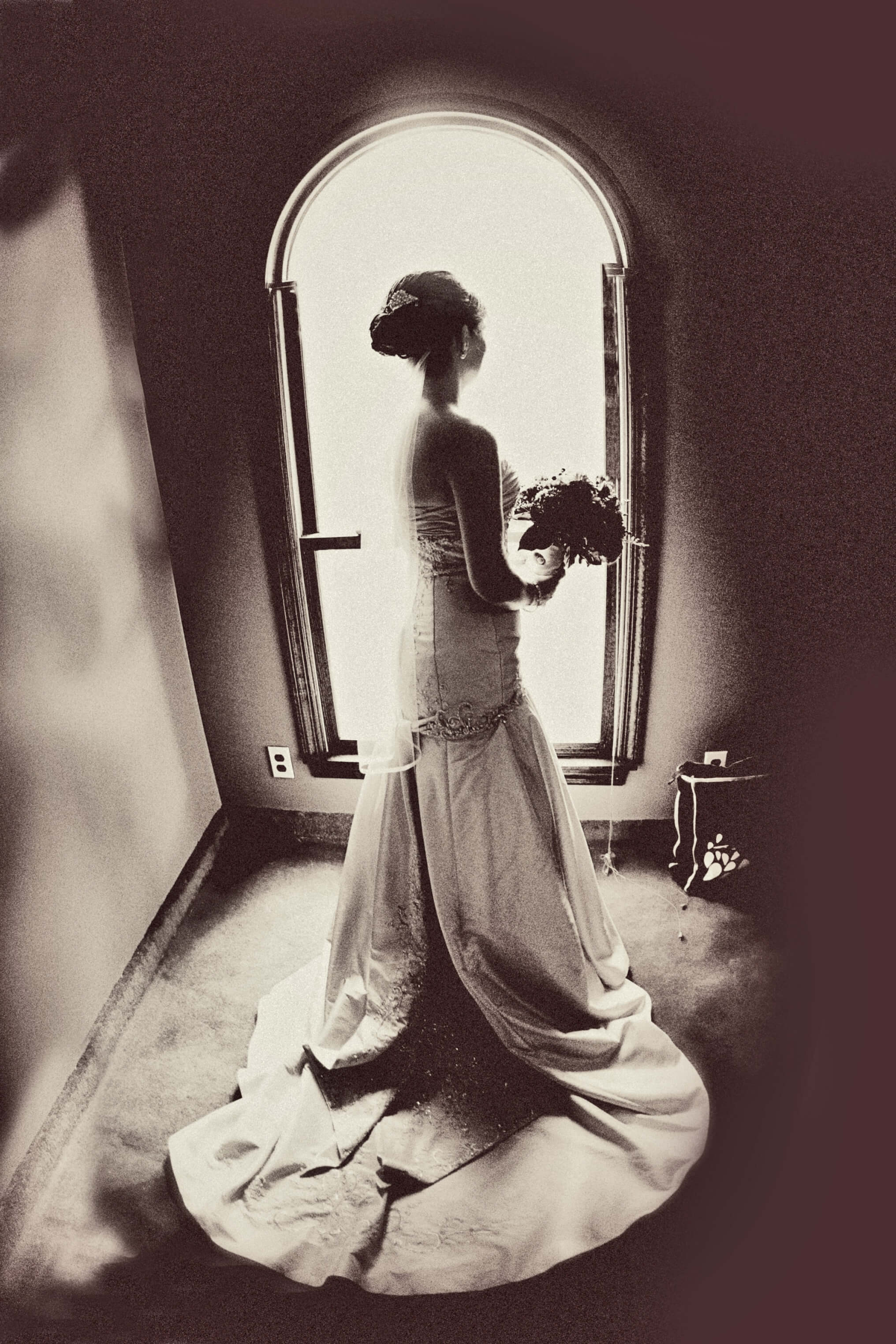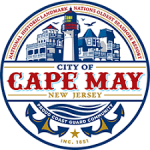By Michelle Prima
The Wedding Day has arrived, the most important event in a Victorian girl’s life. It is the day her mother has prepared her for from the moment she was born. The Victorian girl would marry, and she would marry well.
The wedding itself and the events leading up to the ceremony are steeped in traditions still evident today. One of the first decisions is choosing the month and day of her wedding.
June has always been the most popular month. Named after Juno, Roman goddess of marriage, she would bring prosperity and happiness to all who wed in her month. Practicality played a part in this logic also. If married in June, the bride was likely to birth her first child in spring, allowing her enough time to recover before the fall harvest.
June also was the time to remove winter clothing and partake in one’s annual bath.
April, November and December were favored also, so as not to conflict with peak farm work months. October was an auspicious month, signifying a bountiful harvest. May, however, was considered unlucky. “Marry in May and rue the day,” an old proverb goes. But “Marry in September’s shine, your living will be rich and fine.”
Brides were just as superstitious about days of the week. A popular rhyme goes: Marry on Monday for health, Tuesday for wealth, Wednesday the best day of all, Thursday for crosses, Friday for losses, and Saturday for no luck at all. The Sabbath day was out of the question.
Once the bride chose her wedding day, she began planning her trousseau, the most important item was her wedding dress.
Brides have not always worn white. In the 16th and 17th centuries for example, girls in their teens married in pale green, a sign of fertility. A mature girl in her twenties wore brown, and older women even wore black.
From Saxon times to the 18th century, only poorer brides dressed in white; a public statement that she brought nothing with her to the marriage. Some brides wore their Sunday best.
The color of the gown was thought to influence one’s future life: white–chosen right, blue–love will be true, yellow–ashamed of her fellow, red–wish herself dead, black–wish herself back, grey–travel far away, pink–of you he’ll always think, green-ashamed to be seen.
Ever since Queen Victoria was wed in 1840 wearing white, white has remained the traditional color for gowns and bouquets. After marriage, a woman often used her dress for Court Presentation, usually with a different bodice.
The early Victorian wedding dress had a fitted bodice, small waist, and full skirt, made of organdy, tulle, lace, gauze, silk, linen or cashmere.
The veil was a fine gauze, sheer cotton or lace. The reasonable cost of a wedding gown in 1850 was $500 with $125 for a veil. By 1861, more elaborate gowns cost as much as $1500.
Formal weddings during this period were all white, including the bridesmaid’s dresses and veils. Veils were attached to a coronet of flowers, usually orange blossoms for the bride and roses or other in-season flowers for the attendants.
The bride’s accessories included short white kid gloves, hanky embroidered with her initials, silk stockings embroidered up the front, and flat shoes with bows or ribbons at the instep.
For the mid-Victorian bride (1870s) there was an emergence of middle class wealth. Wedding gowns fashioned by Worth in Paris were the ultimate status symbol. And if one couldn’t afford an original, one copied them.
Full court trains were now part of the wedding ensemble, as were long veils, a bustle, elegant details and two bodices; a modest one for the wedding and a low one for special occasions.
The late Victorians (1890s) saw the bustle disappear, a demi-train and large sleeves now in fashion. If the bride married in church, the dress must have a train, with a veil of the same length. The veil covered the bride’s face and was not lifted until after church. The veil was no longer used as a shawl after the wedding.
White kid gloves were long enough to tuck under the sleeves, and had a slit in one finger to slip the ring on without removing the glove. Slippers were white kid, satin or brocade and the heels rose to one inch.
The widow who remarried in the early and mid-Victorian eras, did not wear white, had no bridesmaids, no veil and no orange blossoms, (a sign of purity). She usually wore pearl or lavender satin gown trimmed with ostrich feathers. In later decades, she was allowed attendants, but still no veil or orange blossoms.
As for jewelry, diamonds have always been popular. When white dresses came in vogue, pearl and diamond combinations were fashionable. The mid-Victorians had an extravagant display of wealth, often a diamond tiara for the ceremony. Traditionally, the jewelry worn by the bride was a gift from her husband.
You may recall the English rhyme: “Something old, something new, something borrowed, something blue, and a lucky sixpence in your shoe.”
Something old was often a family heirloom and the bride’s link with the past. Something new could be her dress or a gift from the groom. Something borrowed was of real value like a veil or headpiece, and was returned to the owner. Something blue was often the garter or an embroidered handkerchief. The touch of blue symbolized faithfulness, while the sixpence ensured future wealth.
Gowns for the bridesmaids had to be both practical and beautiful, for they became a part of the girl’s wardrobe after the ceremony.
Tradition called for an all white wedding, but color could be added for an accent if the overall effect remained white. Bridesmaids covered their heads with short white veils. Weddings at home did not require a veil; headpieces of flowers and ribbons were worn.
By 1898, fashion dictated that the bridesmaids’ dresses be in direct contrast to the bride’s, so as not to distract from the beauty of her gown.
Children were a symbolic part of the Victorian wedding and had their own dress etiquette. Little girls could be flower girls or ring bearers. If older, they could be junior bridesmaids or maids of honor. Their dresses were of white muslin tied with a ribbon sash that matched their shoes and stockings.
Social customs dictated what the mothers and female guests wore, too. At a daytime wedding, guests wore walking or visiting costumes. The mothers, and other family members, wore reception toilettes, more elegant than daytime costumes, but less formal than evening wear.
All women wore bonnets in church, but they were optional for at-home ceremonies and were not worn for evening receptions.
In the late Victorian era, black was suggested as an appropriate color for the mother of the bride. These dresses were never made of black crepe, however, which signified mourning. If the mother was in mourning, she could put aside her crepe for the ceremony and wear purple velvet or silk or cardinal red.
Queen Victoria, the mother figure at many weddings, always wore black and white because she was in mourning for her “dearest Albert.”
(This article appeared first on www.literary-liaisons.com/article003.html)
Cape May – Governor Murphy says he doesn't know anything about the drones and doesn't know what they are doing but he does know that they are not dangerous. Does anyone feel better now?








